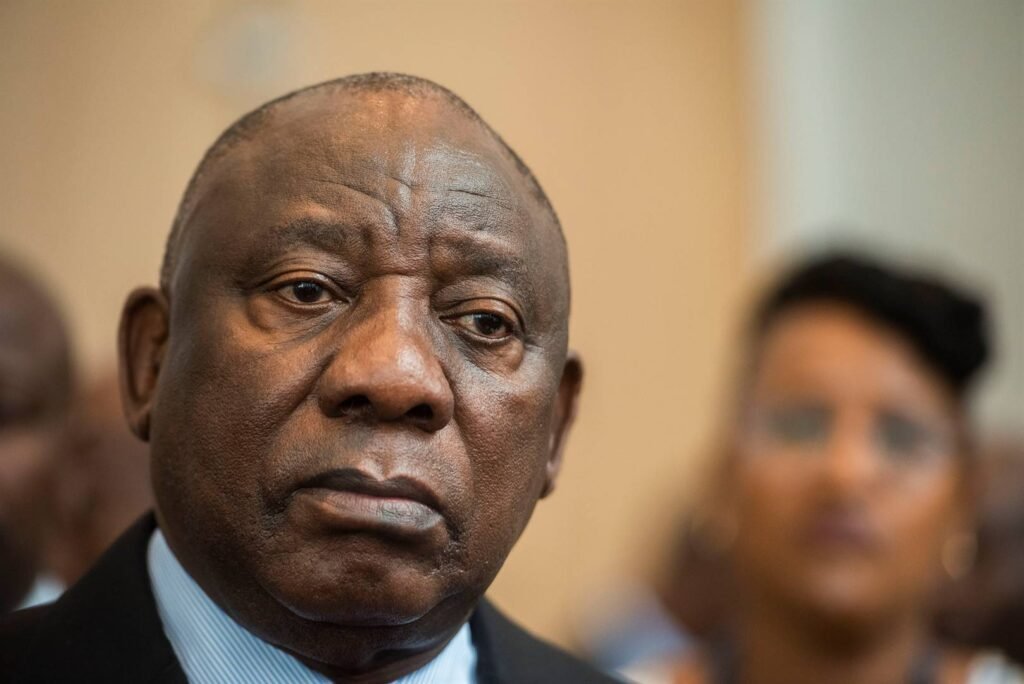South Africa’s main coalition partners are already clashing just weeks after forming a power-sharing agreement.
President Cyril Ramaphosa has accused Democratic Alliance (DA) leader John Steenhuisen of attempting to create a “parallel government” in violation of the constitution.
This explosive allegation, reportedly made in a letter dated 25 June and seen by local media, has shaken the fragile coalition and caused market turmoil.
The African National Congress (ANC) and the DA are currently negotiating the allocation of cabinet posts following last month’s election, where the ANC failed to secure an outright majority, prompting a coalition with the DA to keep President Ramaphosa in power in exchange for cabinet positions.

The situation intensified when Ramaphosa, after offering the DA six cabinet posts, faced further demands for two additional positions, infuriating ANC leaders. Accusations flew, with Ramaphosa condemning Steenhuisen for shifting demands and criticising DA federal chairperson Helen Zille for “offensive” and “unconstitutional” demands.
Complicating matters, Ramaphosa reportedly reneged on a promise to award the DA the Trade and Industry Ministry, a crucial role for the nation’s economic revival, prompting the DA to threaten to withdraw from the coalition unless the initial agreement was honoured.
The fallout has caused significant concern as South Africa navigates unprecedented political dynamics. The ANC’s loss of its parliamentary majority for the first time since the end of apartheid in 1994, with only 40% of the vote compared to the DA’s 22%, marks a historic shift.
Initial optimism that the coalition might stabilise the country’s political landscape is fading, as leaks reveal deeper fissures that threaten to unravel the agreement.
Consequently, the rand has plunged against the dollar, reflecting the business sector’s anxiety over the coalition’s potential collapse and the broader implications for economic stability.









